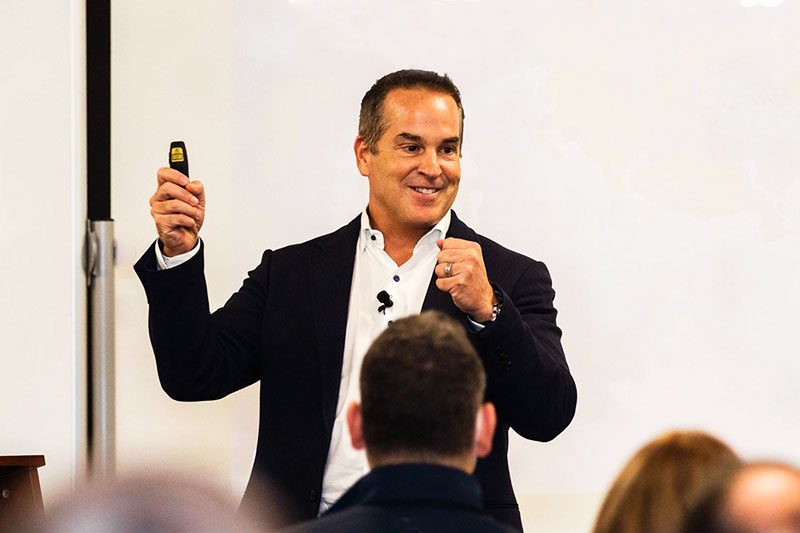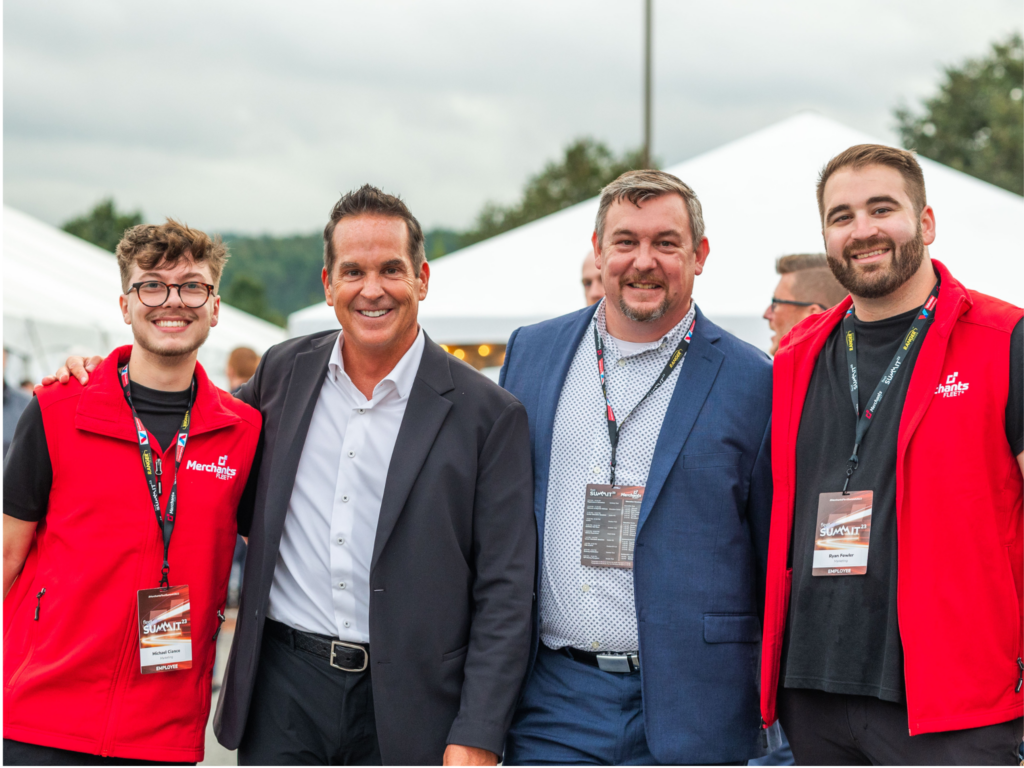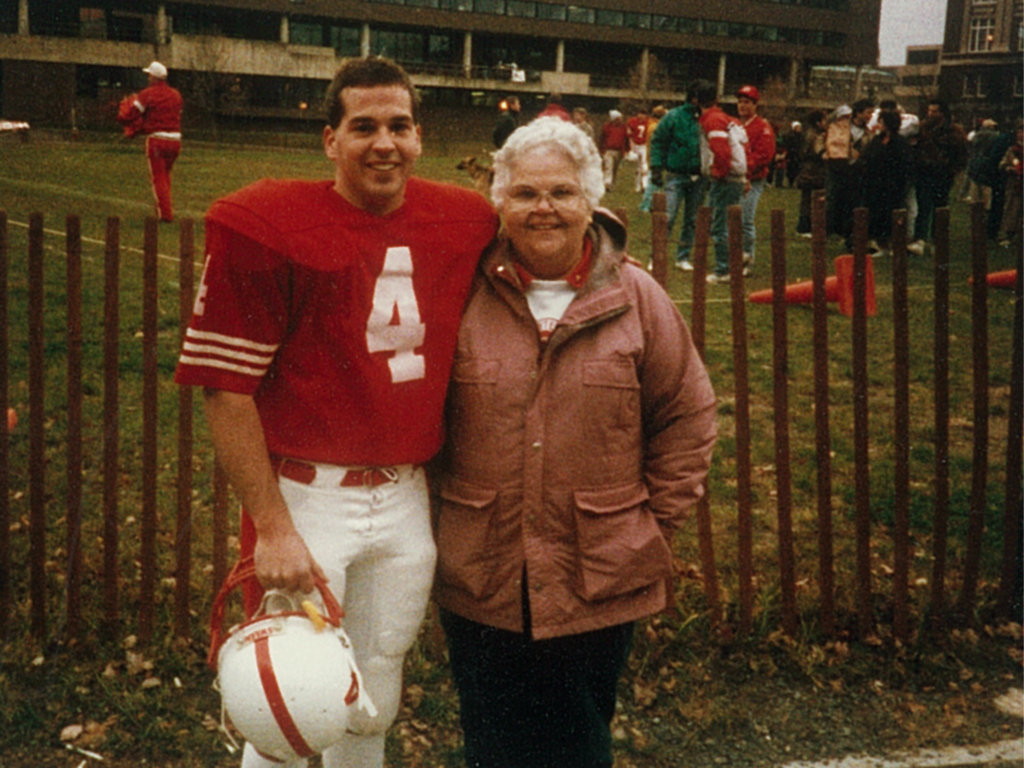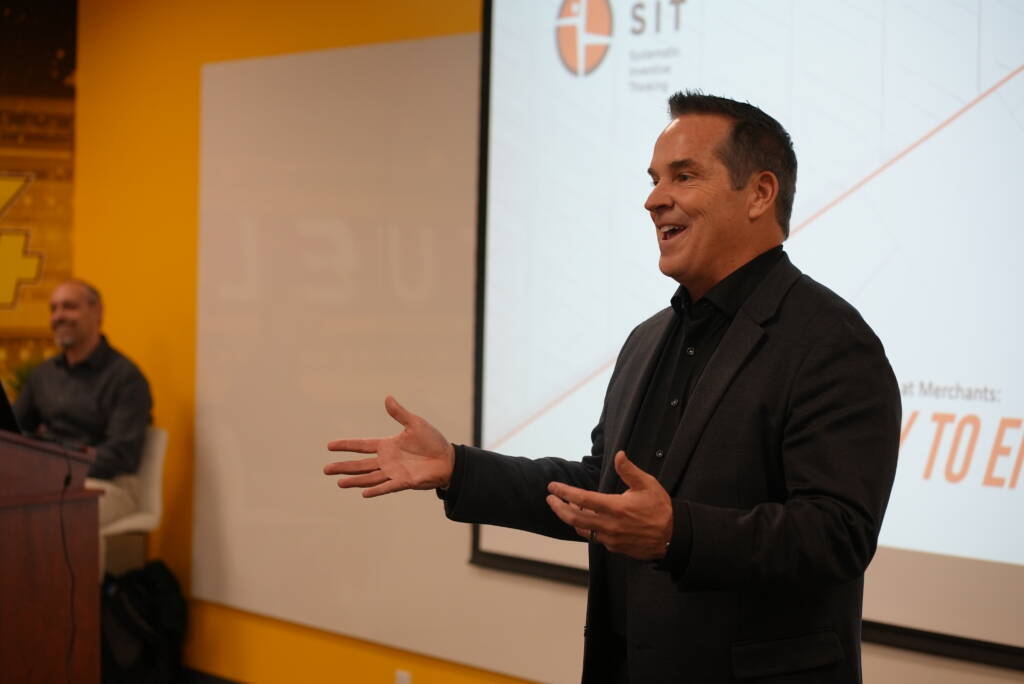On Thanksgiving Day we will take the time to show and express our gratitude for any number of people and things.
But there is no shortage of encouragement—from podcasts, articles, dedicated websites, and yes, blog posts—for all of us to practice gratitude every other day of the year as well. Mindfulness, meditation, and journaling are commonly suggested practices to remind us of the good things present in our daily lives, from family, friends, and health to fresh air, blue skies, and new opportunities.
These practices boast a multitude of psychological, emotional, and physical benefits including increased happiness, life satisfaction, and resilience, and decreased burnout and depression. Gratitude has also been indicated to encourage the development of other virtues, such as patience, humility, and wisdom.
When we practice our own form of gratitude for what is good and right in our lives, we feel happier and more positive as we go about our day. Wouldn’t it be great if we had the power to bestow the benefits of gratitude on others? The good news is—we do. And even better, when we show our gratitude for those we lead, employees feel more engaged (88 percent) and motivated to do their best work (93 percent) compared to their underappreciated counterparts (33 and 38 percent respectively), according to the American Psychological Association.
Showing gratitude to your team members seems like a no-brainer, right? And yet, one survey found that 59 percent of employees say they have never had a boss who “truly appreciates” them and 46 percent of respondents have left a job because they felt unappreciated. So, why aren’t leaders better at showing appreciation for their employees?
In their study on the relationship between organizational power and gratitude, professors Eric M. Anicich and Alice J. Lee found that the more power an organizational member had, the less likely they were to feel and express gratitude due to a sense of entitlement and disinterest in cultivating relationships.
It seems that as leaders, we sometimes forget that a leader alone does not build an organization or keep it running. In fact, the higher we are in the hierarchy, the greater is the number of people who helped us get there and continue to help us stay there. We must do better at thanking and recognizing them sincerely and consistently.
Showing gratitude as a leader can come in many forms. Simple and informal “Thank-yous,” whether verbally in or in a note, go a long way. There are also a variety of more formal ways leaders can show appreciation. At Merchants, some of our formal expressions of gratitude for our employees are communicated through our company-wide annual employee appreciation day; our bi-weekly Endurance Eats cart program in which members of the leadership team walk around with a snack cart, chat with employees, and show an extra appreciation; shout-outs and thank-yous in all virtual and in-person employee activities; and leadership participation in employee events.
How else can leaders show gratitude for the hard work of their employees? Let them know you believe in the work they are doing by including them in decision-making whenever possible. Provide the support and resources they need to do their jobs well, offer a clear pathway for growth and advancement based on their abilities and efforts, and compensate commensurately (both monetary and non-monetary) for those abilities and efforts.
If expressing gratitude doesn’t come to you naturally, don’t worry; there are ways to develop the ability to do so. Here are a few tips to get you started.
- Pay attention to the work being done and who’s doing it and remember—it’s not always about the numbers. Maybe there’s a team member who consistently offers to help their colleagues or seeks out additional opportunities to improve their knowledge and skills. Recognize them for their initiative.
- Ask your team members for input, encourage constructive feedback, and thank them for it.
- Make a point of celebrating the small wins that lead to the big ones.
- Ask people how you can help them do the best job possible.
- Share positive feedback at every opportunity.
If expressing gratitude does come naturally, don’t forget to look under the hood every once in a while, to make sure your gratitude meter is still running high.
Remember, everyone you lead has the potential to contribute to your organization’s success—don’t miss the opportunity to let them know that you see their potential and that you are there to help them realize it.














